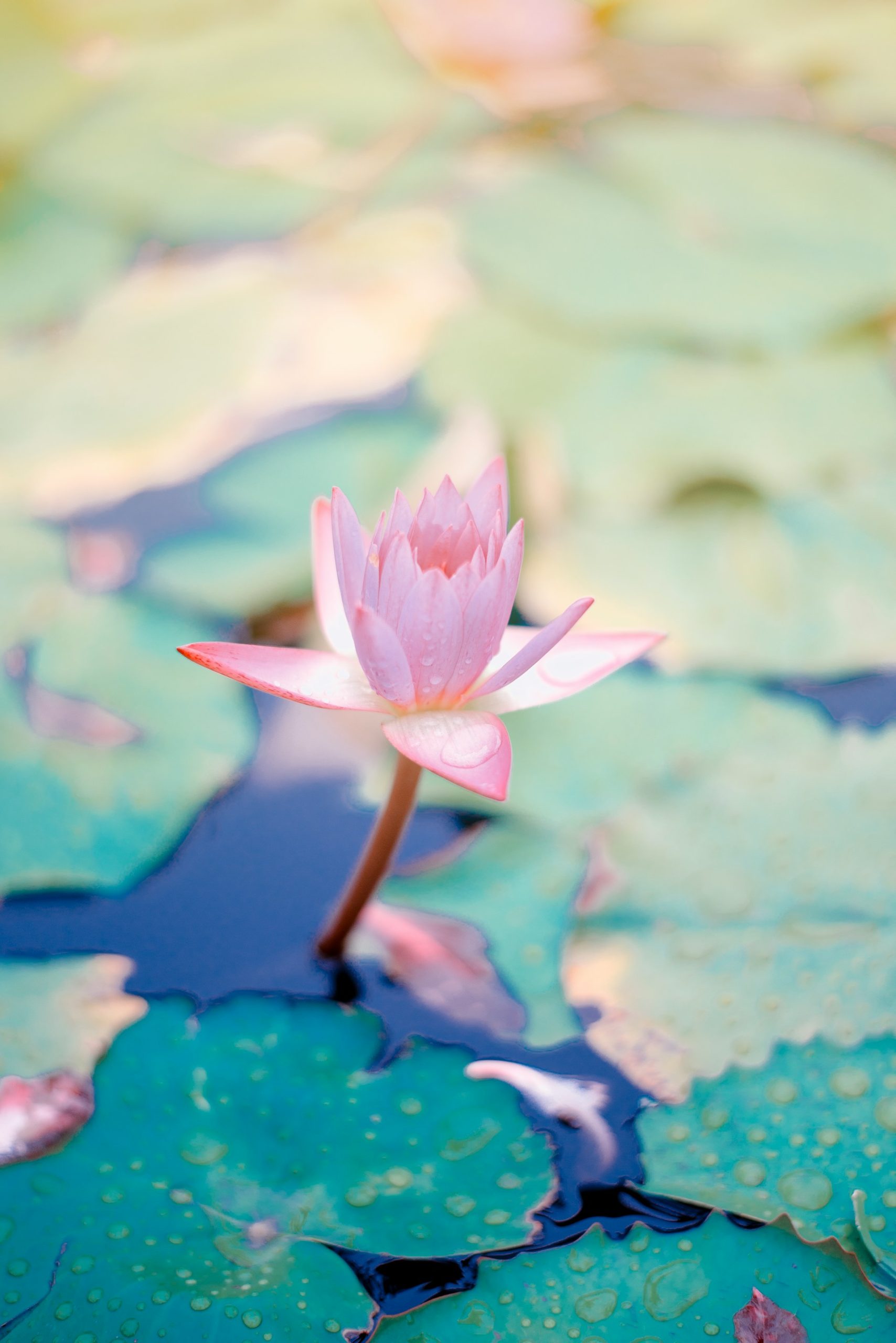Attract Hummingbirds with These Easy-to-Maintain Annuals and Perennials
Gardening enthusiasts, particularly those who cherish the vibrancy and dynamism of hummingbirds, know that the right plants can transform a garden into a hummingbird haven. The right combination of annual and perennial plants not only ensures year-round color but also provides the nectar-rich blooms that hummingbirds crave. This article delves into the magic of hummingbird-friendly plants, with a special focus on Cerinthe (Honeywort) and Tanacetum parthenium Aureum (Golden Feverfew), and how to integrate these plants into your garden.
Understanding Hummingbird-Friendly Plants
Hummingbirds are drawn to certain plants for their high nectar content, specific flower shapes, and vibrant colors. The importance of flower color in attracting hummingbirds cannot be overstated, with red being the most attractive, although they are drawn to other colors like orange, pink, and yellow.
When considering the factors in choosing hummingbird-friendly flowers, it’s essential to look for:
- Nectar-Rich Flowers: Flowers with abundant nectar like penstemon, salvia, and petunia.
- Flower Form: Tubular or protruding flowers that facilitate easy feeding.
- Color: Bright colors such as red, orange, pink, and yellow.
- Bloom Density: Plants with many flowers in open clusters.
- Bloom Time: Long-flowering or staggered blooming plants for consistent nectar.
- Container Size: Larger containers (at least 12 inches in diameter) to support more plants.
- Design Considerations: Combining various plant heights and forms for visual interest.
- Location: Ensure sunny, sheltered spots for planting or hanging baskets.
Additionally, the characteristics of hummingbird-attracting flower shapes play a critical role, as shapes that allow easy access to nectar, such as tubular flowers, are particularly effective.
Understanding the differences between annual and perennial plant maintenance is vital for creating a balanced and sustainable garden. Annuals complete their life cycle in one growing season and need replanting each year, while perennials return year after year and often require less water and varied maintenance once established.
The Magic of Cerinthe (Honeywort)
Description: Cerinthe, commonly known as Honeywort, is an eye-catching annual with unique foliage and blue-purple tubular blooms. Its distinctive look adds a cool aesthetic to any garden.
Blooming Pattern: This plant is an annual that reseeds prolifically, ensuring a fresh supply every year without the need for replanting.
Attraction Factor: Loved by both bumblebees and hummingbirds, Cerinthe’s nectar-rich flowers are a magnet for these pollinators.
- Maintenance Tips:
- Easy to pull up when it gets messy.
- Minimal effort required once planted due to its self-seeding patterns of Cerinthe plants.
- Can be used as cut flowers to add charm to indoor arrangements.
Additional Use: Cerinthe can be an excellent choice for cutting gardens, adding both beauty and practicality.
The best seasons for planting Cerinthe are early spring for a head start on the growing season or late fall for natural winter stratification.
Delightful Tanacetum parthenium Aureum
Description: Tanacetum parthenium Aureum, or Golden Feverfew, features adorable chartreuse foliage and clusters of small, daisy-like flowers.
Type: This perennial politely reseeds itself, making it a sustainable choice for any gardener.
Attraction Factor: Tanacetum is attractive to hummingbirds and bees alike, providing nectar and visual appeal.
- Maintenance Tips:
- Low maintenance due to its polite reseeding behavior. It will fill out spots without becoming invasive.
- Adds a pop of color and beauty without overwhelming the garden.
The combination of Cerinthe and Tanacetum parthenium Aureum not only attracts hummingbirds but also maintains garden aesthetics. One can practice companion planting for Cerinthe and Tanacetum parthenium Aureum to create a synergistic, hummingbird-friendly garden space.
Gold Nuggets (Special Pieces of Advice)
- Low Maintenance Attractions: Both Cerinthe and Tanacetum parthenium Aureum are low-effort yet high-reward plants for hummingbird lovers.
- Self-Sustaining Beauty:
- Cerinthe’s ability to reseed itself ensures that it comes back year after year without much intervention.
- Tanacetum parthenium Aureum reseeds without becoming invasive, maintaining garden aesthetics.
- Seasonal Cleanup Tips:
- Cerinthe can become messy towards the end of its cycle. Easy cleanup involves pulling up the plants when they start to look unattractive.
- Dual Purpose Plants: Both plants not only attract hummingbirds but can also be used as charming cut flowers for indoor arrangements.
How to Integrate These Plants into Your Garden
Planting Tips: The best planting practices for annuals and perennials involve understanding their growth patterns, preferred conditions, and maintenance. For instance, annuals can be planted anytime from late spring to midsummer, while perennials are best planted in spring or early fall.
Garden Design: To maximize visual appeal and hummingbird attraction, combine plants of various colors, heights, and blooming times. Planting in clusters can create a more striking display and provide a consistent nectar source.
Companion Plants: Consider integrating other plants like Penstemon, Salvia, Petunia, and Zinnia alongside Cerinthe and Tanacetum parthenium Aureum. These plants share similar requirements and provide a diverse and vibrant garden palette.
Conclusion
By choosing low-maintenance plants like Cerinthe and Tanacetum parthenium Aureum, gardeners can enjoy the beauty of a garden filled with hummingbirds without the constant upkeep. These plants offer consistent blooms, attract vital pollinators, and enhance garden aesthetics. Don’t hesitate to try these wonderful plants—your garden will thrive, and the hummingbirds will thank you!

